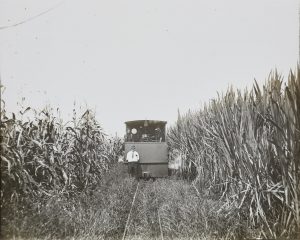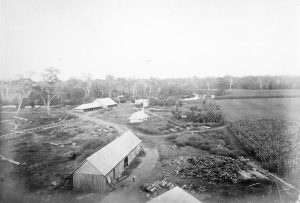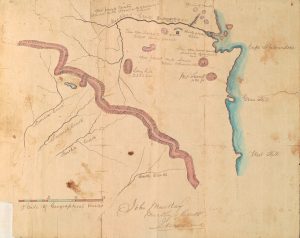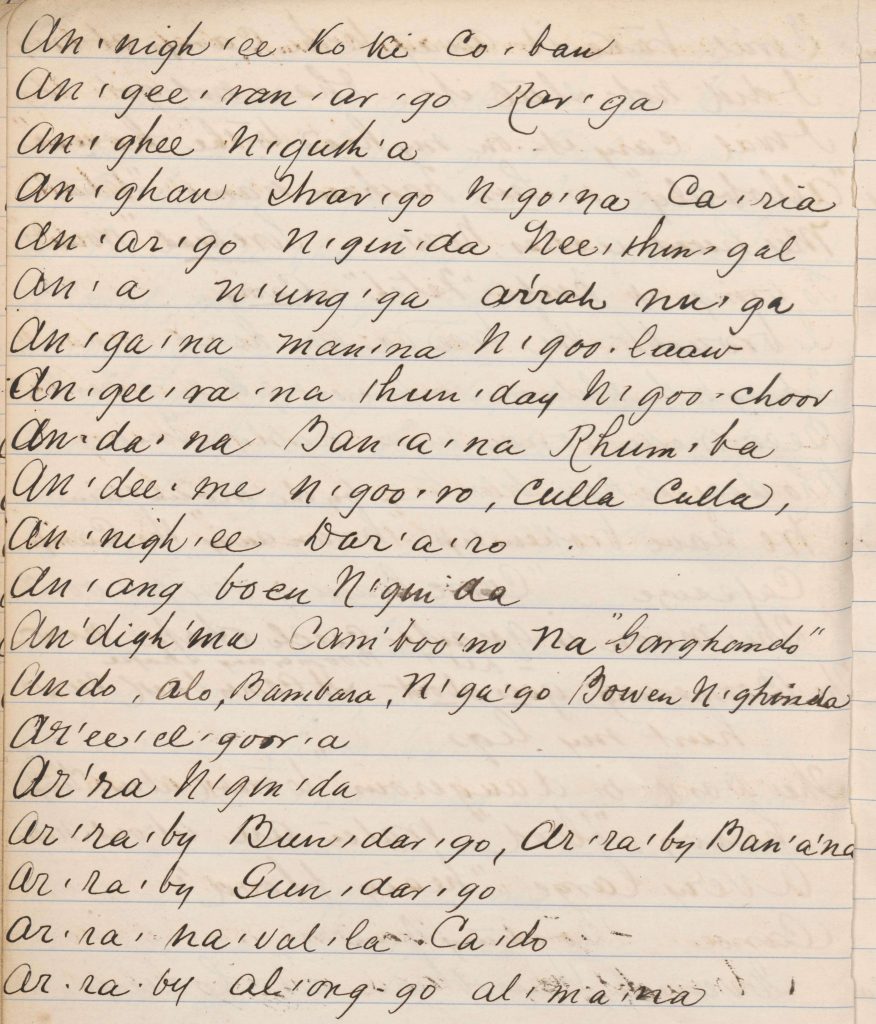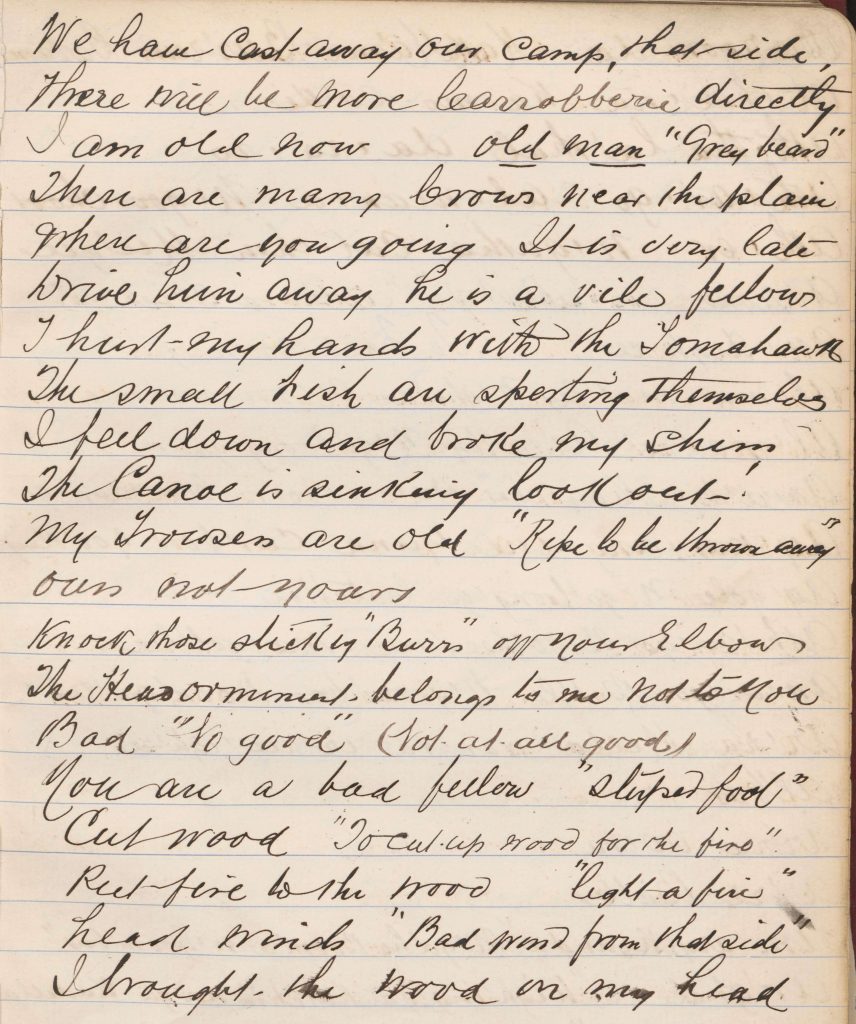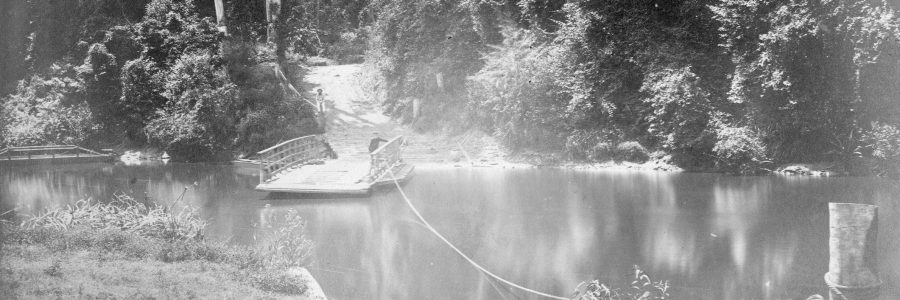
Queensland, Australia
The Royal Commonwealth Society Library is delighted to announce the publication, on Cambridge Digital Library, of three very interesting collections relating to nineteenth-century Queensland, Australia. Two were donated to the society by the important ethnographer and writer Henry Ling Roth (1855-1925). The son of an Austrian émigré to Britain, Roth was educated in London and studied philosophy and natural science in Germany, before being recruited by English businessmen to examine the potential of the Queensland sugar industry. Sugar had first been manufactured near the Hastings River in 1823 and cultivation increased dramatically after mid-century. Roth travelled to Mackay in 1878 and became well-acquainted with John Mackay and other pioneers of the region. Two years later Roth published a positive account of his observations in A Report on the Sugar Industry of Queensland (1880). Two papers on the subject were printed by the Royal Society of New South Wales in 1881 and 1883, and Roth refined his conclusions in The Sugar Industry in Queensland (1883). Altogether these works offer considerable insight into the history of the industry. Roth served as Honorary Secretary of the Mackay Planters’ and Farmers’ Association during 1881-1884.
The first item presented by Roth, RCMS 294, is a bound volume containing 212 pages of newspaper cuttings relating to the Queensland sugar industry, collected between 1878 and 1884. These extremely fragile cuttings were digitised to ensure their long preservation. Newspapers include the ‘Queenslander’, ‘Mackay Standard’, ‘Mackay Mercury’, ‘Australasian’, ‘Maryborough Chronicle’, ‘The Week’, ‘Brisbane Observer’ and ‘Queensland Punch’. The subject matter includes all aspects of the sugar industry and reviews of Roth’s A report on the sugar industry of Queensland (1880). There are numerous discussions of the labour trade in the South Seas, including Commodore Wilson’s report of 1882, and accounts of massacres in the islands. There are also letters to the press, including some by Roth himself, and a circular letter, 21 August 1874, from F. Bauer, Queen Street, Brisbane, regarding the recruitment of Chinese labour for sugar plantations.
The volume also contains a table of the comparative costs of different types of labourers, 11 September 1883; a plan of Abington and Mackay; and a printed petition to the British Government from Queensland sugar producers, 9 July 1884, requesting the supply of labour from India. Roth was also interested in the early history of Mackay and Queensland, and published The Discovery and Settlement of Port Mackay, Queensland (1908). The second collection, RCMS 293, comprises items relating to its exploration and mapping he gathered during his research.
During his time in Queensland, Roth developed an interest in anthropology, and was elected a fellow of the Royal Anthropological Institute in 1882. He returned to England in 1884, settling in 1888 in Halifax, Yorkshire, and transformed the Bankfield Museum, first as part-time curator from June 1890, and then as full-time keeper from 1912. He published many papers for the institute and museum, and several influential monographs, including The Tasmanian Aborigines (1890). Copies of Roth’s publications are held in the RCS book collections. This leads to our third digitised collection, RCMS 291, a fascinating untitled document on Aboriginal languages, with an introductory note headed ‘Townsville Cleveland Bay, Queensland, August 31 1885.’ It is signed by a Charles Price, whose history and occupation are unknown, but since he refers to sixteen years’ experience of Queensland Aboriginal languages, he may have been a missionary, government official, trader or settler. The volume contains 172 pages of vocabulary, with Aboriginal words and phrases in alphabetical order on the left hand page and English translations on the right. It also includes notes on pronunciation (2 pages) and translations of Aboriginal songs and chants (4 pages). We would be very grateful for any information about Price and the languages in the document.
The featured image is Geddes Ferry, Gympie Road, 1873, from Watson’s Queensland album of photographic scenery, Y3085A_2.

